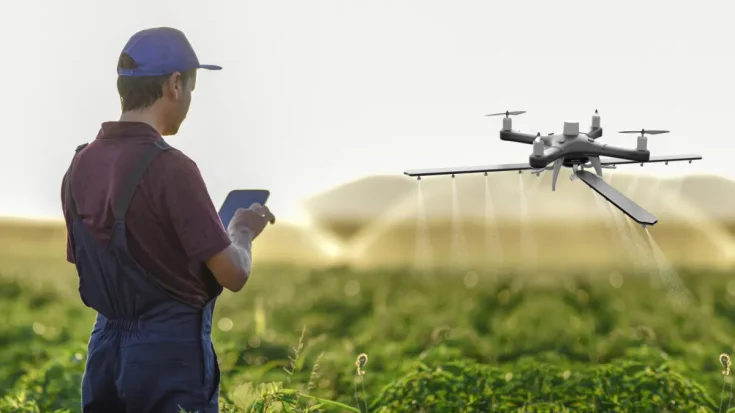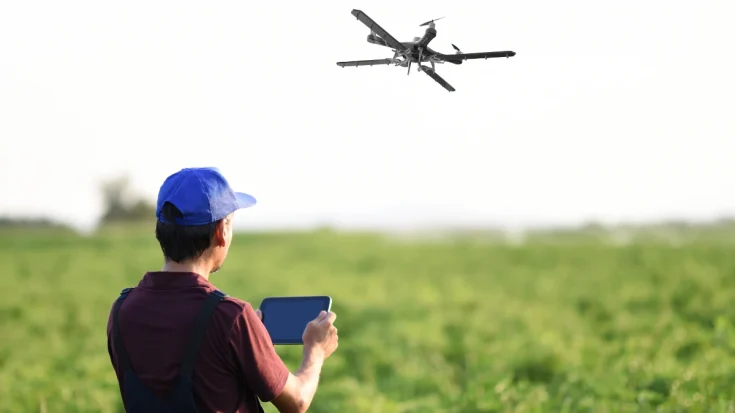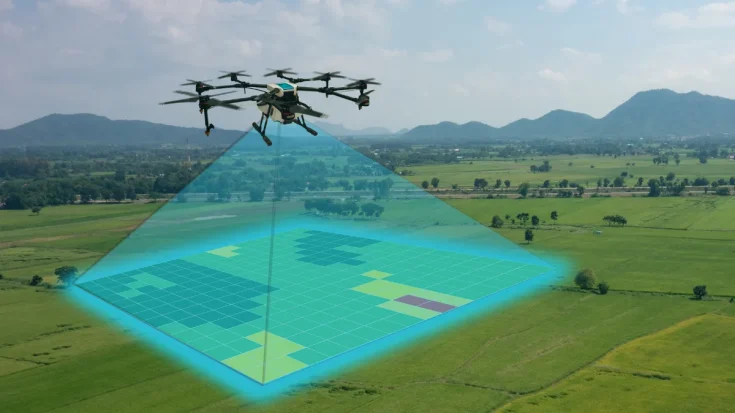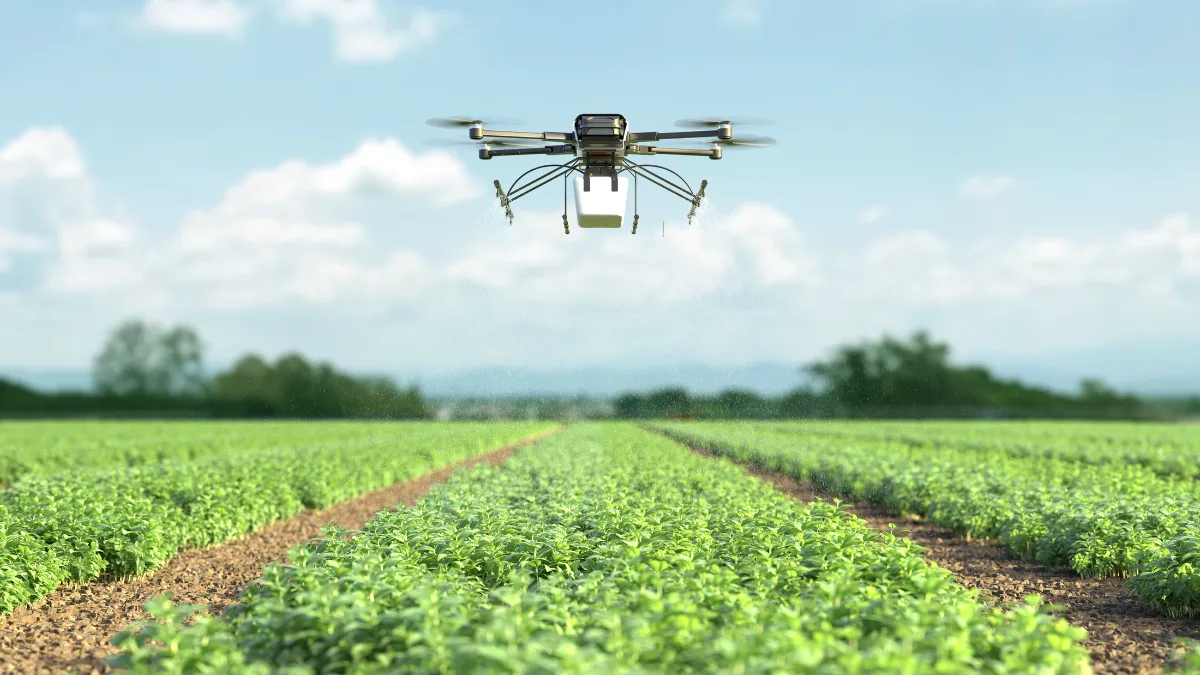The presence of drones as a recording tool for more efficient aerial image needs has benefited various sectors, one of which is agriculture. Drones for agriculture have some functions and advantages.
The functions of drone for agriculture include mapping the land to pets and weed monitoring. The advantages include time and cost efficiency for more accurate irrigation.
This article will give you information on drone for agriculture from definition, functions, and the advantages that they have.
Also Read
Table of Contents
What is a Drone for Agriculture?

In the agricultural industry, drones are used for land mapping, knowing soil moisture levels, providing information about crop conditions, to being able to find out the presence of pests and diseases.
With this ability, of course, drones are very helpful for farmers to make more informed decisions in managing agricultural land.
The Functions of Drone for Agriculture

Drone for agriculture have several functions from mapping the land to pets and weed monitoring. Here are some of its functions:
- Mapping the land: Drones are capable of mapping land in high resolution, providing detailed information on land conditions, such as soil type, texture, and potential pests.
- Monitoring crops: With cameras and sensors that can be used to monitor crops in real time.
- Land condition monitoring: Serves to regularly monitor land conditions, including weather, temperature, and humidity monitoring.
- Pesticide/fertilizer spraying: Spraying pesticides or fertilizers over large, hard-to-reach areas with high precision.
- Pest and weed monitoring: Helps in identifying and mapping pest populations and weed infestations, so that farmers can take appropriate control measures.
The Advantages Drone for Agriculture

Drone for agriculture has several advantages from time and cost efficiency to more accurate irrigation. Here are some of its main advantages:
1. Time and cost efficiency
One of the advantages of drones is the time and cost efficiency of use. With drones, you can conduct faster and more accurate land surveys and monitoring, reducing the time and cost required for manual surveys.
2. Increased production
Increased production is another advantage of drones for agriculture. Drones can help farmers increase crop productivity and yield, with better monitoring and management.
3. Farmer safety
Another advantage of drones is that they can keep farmers safe. By using drones, it will certainly reduce the direct exposure of farmers to pesticides and fertilizers. Moreover, the risk of accidents due to farming activities can also be minimized.
4. Resource management
The ability of drones to manage resources is another advantage of this tool. Water and fertilizer resources can be assisted by using drones. Even this management can be more precise and efficient, reducing waste and environmental impact.
5. More accurate irrigation
Another advantage of drones is their ability to irrigate more accurately. Crop irrigation needs, avoiding excess or lack of water, and optimizing water use, can be assisted by drone monitoring.
Those are the drone definitions, functions, and advantages of drone for agriculture that you need to know. Another thing to note is that drones on the market must pass the certification test from the Directorate General of Digital Infrastructure (DJID).
With DJID certification, users can feel calm about using drone for agriculture whose quality and security are guaranteed. For manufacturers or importers of drone for agriculture, obtaining certification from DJID is a mandatory step before the device can be officially marketed in Indonesia.
To simplify the certification process, you can use Type Approval Certification Services for ICT Products are available to assist with this process as a reliable solution.


















